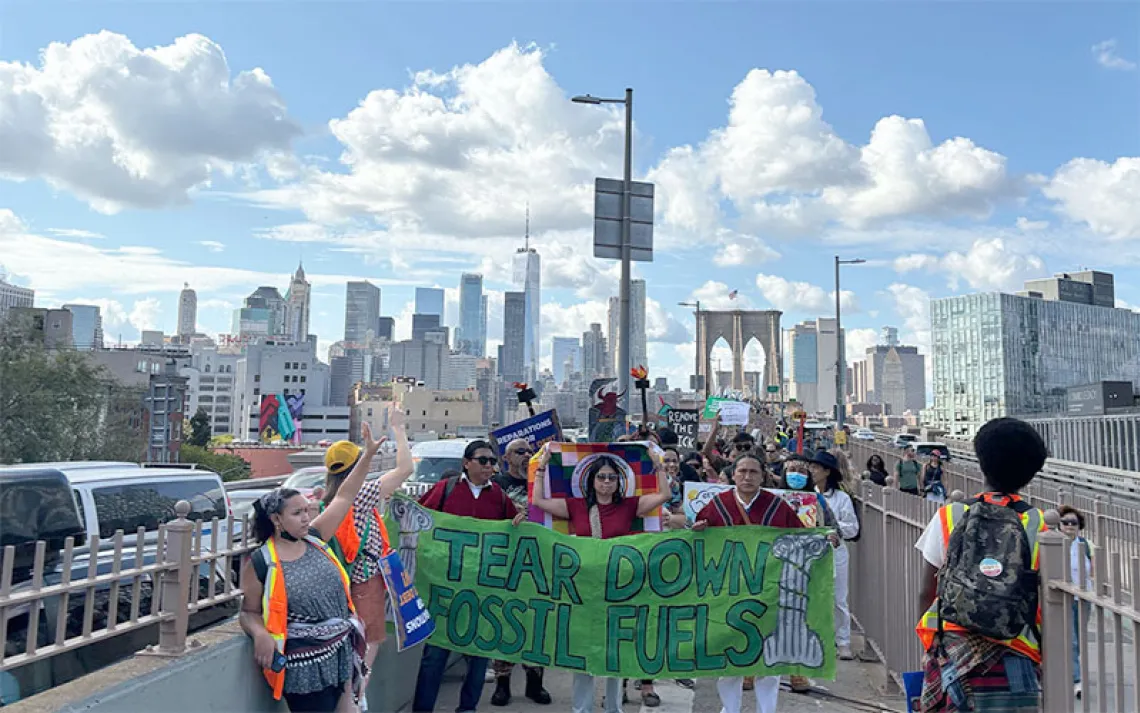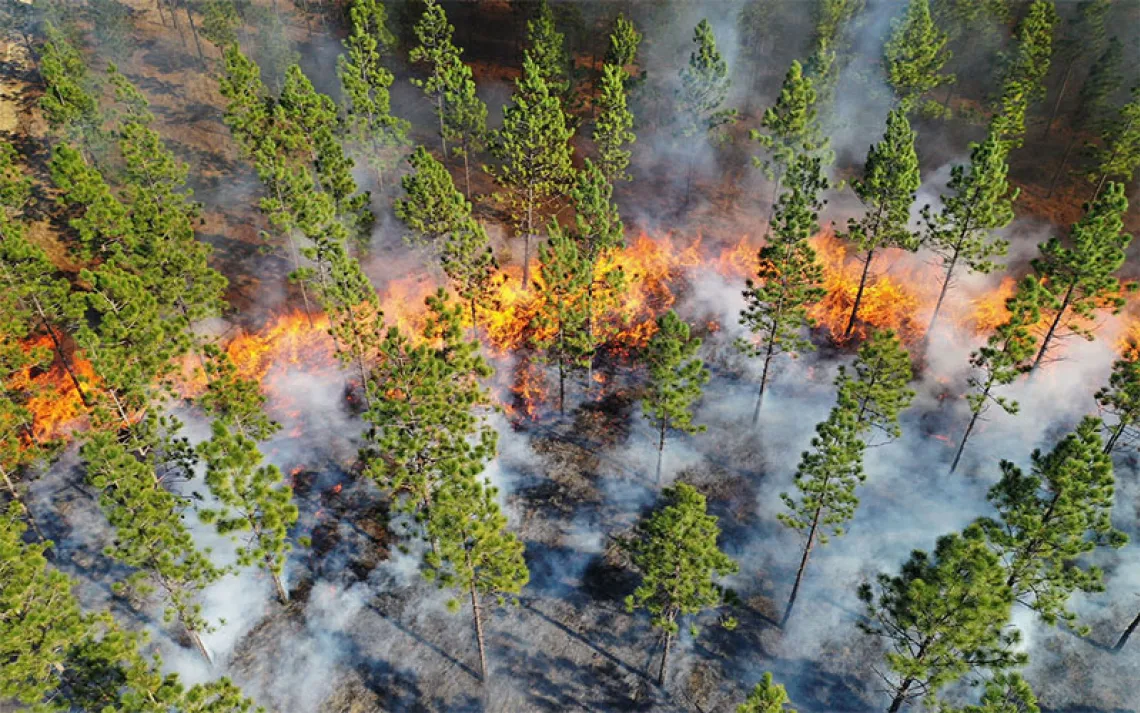In Myanmar, Paul Sein Twa Helps Establish a Peace Park
A Goldman Environmental Prize recipient works to preserve biodiversity

The Salween River Basin—a strip of land on the border of Myanmar and Thailand—has been a site of conflict since before Paul Sein Twa was born. At the end of World War II, the Indigenous Karen people who inhabit the basin began fighting the Myanmar government to create an independent state.
One of the most biodiverse places in Asia, the basin was routinely damaged in this decades-long conflict. While he was growing up, Sein Twa and his family moved back and forth along the Myanmar-Thai border, regularly crossing the Salween River to escape from the Burmese military.
“We built half of our house on the boat, and the other half on the land,” Sein Twa told Sierra. “Whenever needed, we had to move.”
Knowing firsthand what it was like to live in refugee camps, Sein Twa spent his early adulthood educating refugee children. While studying social development at a university in Thailand, he began focusing on teaching environmental education. This experience formed the foundation of his later activism working to preserve the land and culture of the Karen people.
By the 1990s, another threat to the Salween River Basin had emerged: industrial development. Sein Twa and his fellow Karen people organized to try to stop the projects as they arose, but the problem only intensified. As Myanmar’s military dictatorship began transitioning to a capitalist democracy in 2011, more logging and hydropower plants were planned in the heart of Karen territory. Sein Twa wanted to develop a proactive strategy to preserve the natural and cultural diversity of the land. He began attending international conservation conferences looking for inspiration and soon learned about the concept of peace parks: protected natural areas in borderlands.
Sein Twa cofounded the Karen Environmental and Social Action Network (KESAN) in 2001, and the group started working with local leaders and representatives from 348 villages to develop plans for a peace park. Together with other activist groups, KESAN organized a community referendum to approve the charter, receiving 75 percent support. The political landscape shifted in 2015 when a ceasefire was called, and in 2018 the park was established.
This year, Sein Twa has been awarded the Goldman Prize—among the most prestigious international environmental prizes—for his efforts to establish the 1.35-million-acre Salween Peace Park. Even in a resource-rich country, the park stands out: Its vast stretches of teak forest teem with species like tigers, sun bears, and clouded leopards. Unlike most national parks, peace parks allow people to live within their borders—the nearly 70,000 Karen people who live in the Salween River basin will remain there.

Sign up to receive Sierra News & Views
Get articles like this one sent directly to your inbox weekly.
With this action you affirm you want to receive Sierra Club communications and may vote on policy designated by the Sierra Club Board.
The Karen people believe that the lands, rivers, and mountains have guardian spirits, which they must honor in order to live in harmony with the land. This spiritual bond with the land will be essential to the management of the peace park, which is based on the traditional form of Karen governance known as Kaw. Each village has a different Kaw, or way to care for the land. Sein Twa worked with community leaders to combine hundreds of Kaw into the charter.
Looking forward, Sein Twa and his team want to continue blending scientific study and Indigenous knowledge to advance the understanding of the basin’s biodiversity. KESAN and its partners are working to map the territories more clearly, quantifying what species are present and where so that they can plan how to use the land sustainably. Documenting the territory and the history, he said, will be critical to defend and sustain it.
“Scientific knowledge needs to respect our Indigenous people’s knowledge, and we have to do the same,” Sein Twa said.
Sein Twa is careful not to take full credit for the creation of the peace park. The project emphasizes protecting the environment through collaboration, he said, and it engaged women’s groups, youth activists, the Karen National Union, and representatives from villages across the Salween River Basin. The most important thing, he said, was the consent of the Indigenous community and the assurance that they would manage the land.
“Our ancestors have been protecting this territory for generations,” Sein Twa said. “We are going to protect it for future generations.”
 The Magazine of The Sierra Club
The Magazine of The Sierra Club



